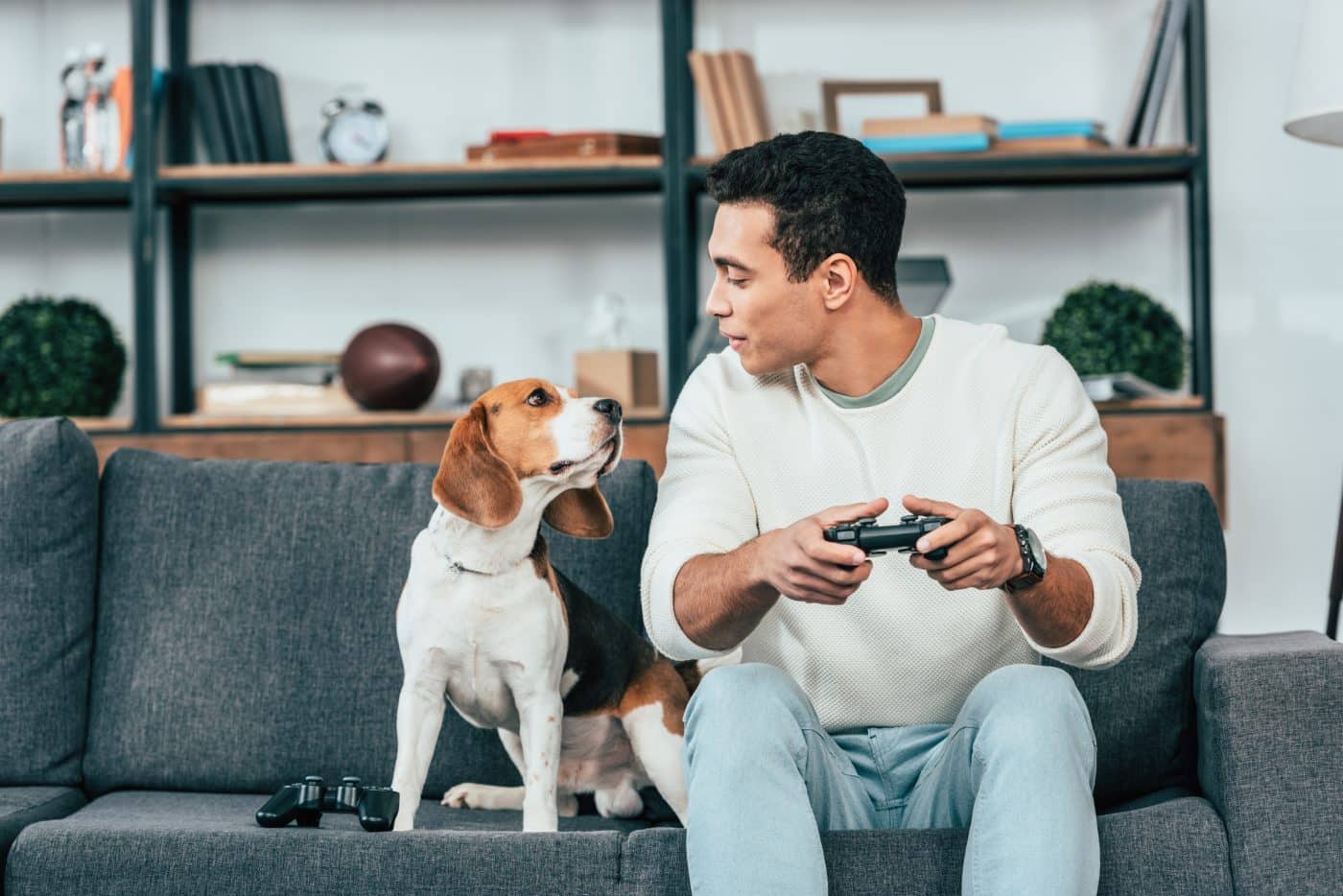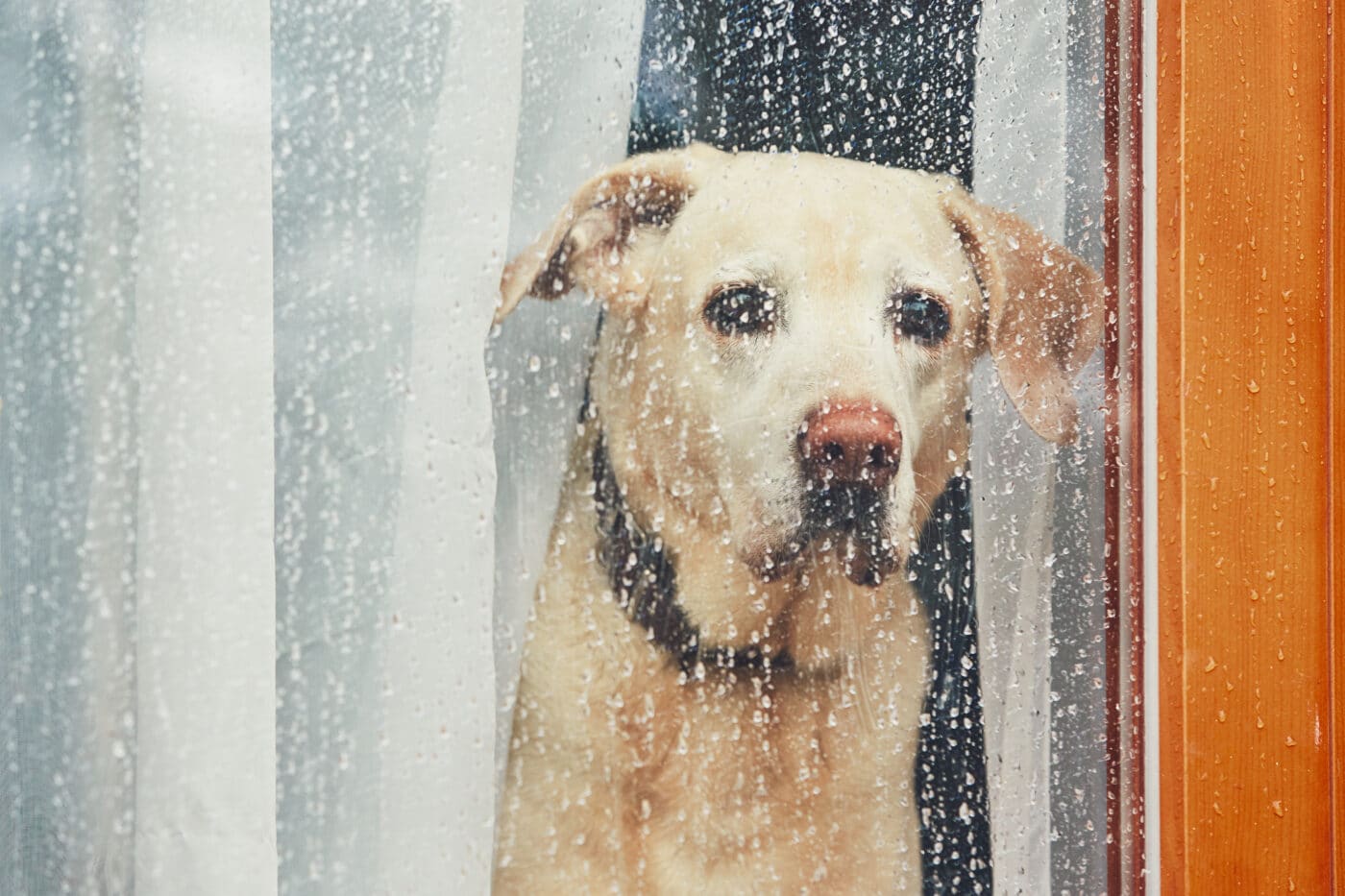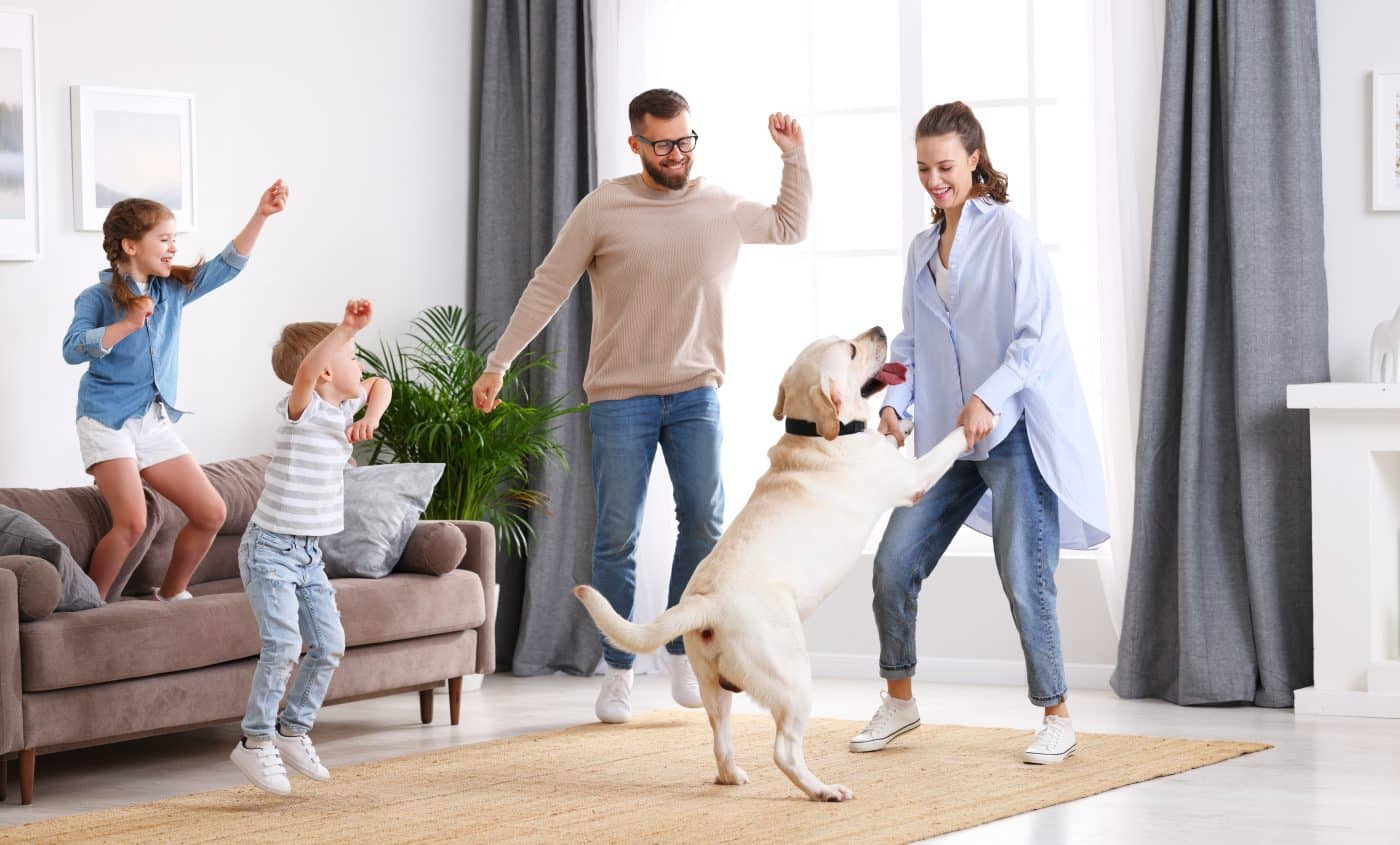

Dogs communicate with us and each other in ways we can’t fully understand. Their language relies on actions, sounds, and expressions rather than words. As pet owners, we may think we understand our dogs, but they follow unspoken rules and a secret language of their own. These subtle signals help strengthen the bond between dogs and humans, even when their full meaning remains a mystery. Despite not using words, dogs effectively convey a range of emotions and intentions through their behaviors and body language.
The Wagging Tail Code

A wagging tail is often seen as a symbol of happiness, but the truth is, it’s not always that simple. Dogs use their tails to communicate a variety of emotions and intentions, from excitement and joy to fear and aggression. The speed, direction, and posture of the wag can convey distinct messages, such as a rapid wag for excitement or a slow wag for uncertainty. Understanding the nuances of tail-wagging can provide insight into your dog’s emotions and intentions.
The Paw Tap of Power

Dogs often use their paws to communicate with humans and other animals. One of the most common and endearing behaviors is the gentle tap of a paw, typically directed toward a human or fellow dog. Pawing can have multiple meanings, from affection and a request for playtime to an assertion of dominance in certain situations. By tapping with their paws, they demonstrate power and authority, often without making a sound.
The Look of Understanding

Dogs have mastered the art of “the look,” which they often use to communicate their emotions. When they stare at you with those big, soulful eyes, they’re often trying to convey affection, trust, or a need for attention. However, eye contact can also signal aggression or discomfort, especially with other dogs. Understanding when your dog uses eye contact can help you interpret their mood and intentions more accurately.
The Perfect Posture

A dog’s posture is often a direct reflection of their mood and intentions. Whether standing, sitting, or lying down, their body position conveys how they’re feeling at that moment. A relaxed, loose posture generally indicates comfort, while a rigid posture with a raised tail suggests alertness or aggression. Dogs use their body position to display dominance, submission, or a need for personal space, making posture an important part of their communication.
The Silent Sniffing Ritual

Dogs rely heavily on their sense of smell, which plays a significant role in their communication. When dogs meet, they often engage in an intense sniffing ritual, typically starting at the rear end of another dog. Through this sniffing, dogs gather vital information about the other dog’s identity, health, and emotional state. This behavior may seem strange to us, but it’s a crucial aspect of how dogs interact and understand each other.
The Silent Bark Code

Barking is one of the most common ways dogs communicate, but there are unspoken rules about when and how it occurs. Dogs have learned that barking at specific times or in certain situations often results in attention, whether it’s for food, playtime, or a walk. However, they also understand when it’s inappropriate to bark, such as when their owners are upset or trying to sleep. These silent rules show just how in tune dogs are with their humans and their environment.
The Lean In

When a dog leans against you, they’re not just seeking physical comfort, but also emotional closeness. This behavior is a subtle way of expressing affection, trust, and a need for attention. Dogs may also lean in to seek reassurance if they’re feeling anxious or nervous. Understanding this form of communication helps you respond to your dog’s emotional needs and strengthens your bond with them.
The Disappearing Act

Dogs have a mysterious way of disappearing when they’re feeling unwell or need some alone time. When a dog seeks out a quiet, secluded spot, it’s usually a sign that they need space to recover or relax. This behavior is often a self-protective measure, allowing them to manage stress or anxiety in private. While it might feel like your dog is being distant, they’re simply following an unspoken rule that signals they need time to heal or calm down.
The Happy Dance

When a dog is excited or happy, they can’t help but express it through a “happy dance.” This usually involves jumping up, spinning around, or running in circles. The happy dance is a spontaneous display of joy that shows how much a dog enjoys being around you or is excited about a particular event. It’s a unique and playful way for dogs to communicate their enthusiasm, making it clear they’re feeling good and having fun.
The Watchful Eye

Dogs have an extraordinary ability to keep a watchful eye on their surroundings, especially when something interests them. Whether it’s anticipating their next walk, noticing you preparing food, or simply observing their environment, dogs are constantly observing. This behavior shows how in tune they are with their humans, and it’s their way of staying alert and engaged. Their watchful eye often communicates attentiveness, curiosity, and a desire for interaction.
The Silent Approval

Dogs may not always vocalize their approval, but they have a subtle way of expressing it through their actions. A soft wag of the tail, a relaxed body posture, or a gentle nudge can signal their contentment and satisfaction. These quiet gestures show that they’re happy with their surroundings and the people around them. By learning to recognize these signs, you’ll better understand your dog’s feelings and their unspoken approval of what’s happening.
The Snuggle Language

Snuggling is one of the most affectionate ways dogs communicate with their humans. When a dog curls up next to you or rests their head in your lap, they’re showing love and trust. This behavior is a quiet form of communication that deepens the bond between you and your dog. Through snuggling, dogs express their desire for closeness and security, often without needing any words.
The Sneaky Steal

Dogs have an uncanny ability to stealthily sneak food when they think no one is watching. Their keen sense of smell and quiet movements make them expert food thieves. While this behavior can be frustrating, it’s a playful communication that signals their resourcefulness and cleverness. It’s as though dogs have an unspoken rule that if they can get away with it, they’ll indulge in the occasional sneaky snack.
The End Of The Tail-Wagging Mysteries

At the end of the day, we may never fully understand all the secrets of their unspoken language, but their quirky ways of communicating always entertain us. Silent paw taps, mischievous snack-stealing, and playful behavior keep us laughing and guessing. While we might not be part of their secret world, we can enjoy the love and companionship they offer through their gestures. So, the next time you catch them with those big eyes or sneaky moves, know they’re communicating in a way that’s entirely their own.
The post 13 Unspoken Rules Dogs Have In Their Own Secret Language appeared first on iHeartDogs.com.
via Whisker Therapy